The Republic of India is made up of 28 states, seven union territories and more than a billion people who are multilingual and multi-ethnic. Put the term “Indian wedding” into Google’s image search, however, and all you’ll see are pictures of women wearing mehendi, chuda, a red and gold lehenga. You can blame it on Bollywood or on the fact that Punjabis really know how to party, but today, the big, fat Indian wedding is actually the big, fat Punjabi wedding. “The North Indian way of wedding is universal now,” said Gurleen Puri, a Mumbai-based wedding planner, who attributes the fact that Punjab is taking over Indian weddings, one shava shava at a time to Bollywood’s depiction of weddings.
Traditionally, the rituals of wedding ceremonies in southern India are very different from the festivities that are standard practice in North India and Bollywood. In Hindu weddings, there is no singing, dancing or alcohol. Kanjeevaram silk saris, rather than crystal studded lehengas, are the norm. For men, it’s the dhoti; not tuxedos or sherwanis. Christian weddings are less sedate, since dancing and alcohol are not uncommon at the reception that is effectively a big party held after the church wedding. However, in the past, the songs you’d hear at a Christian wedding reception wouldn’t include something like Mujhse Shaadi Karoge.
However, Mujhse Shaadi Karoge featured quite prominently in Syrian Christian Missy Mathews’s wedding. Although she is Malayali, Mathews was brought up in Australia and Bollywood was an essential part of her childhood. For her wedding, Mathews added all the Punjabi works, including a mehendi and sangeet. Even the food served was North Indian, with items like bhelpuri and chum chum in the menu. Mathews also sought permission from the priest solemnising her wedding to have mehendi on her hands. The only thing Mathews couldn’t manage was convincing the men in her Malayali family wear pink turbans.
“Initially, the relatives were a little sceptical about having a dance function before the marriage,” said Mathews. “But once the function started everyone enjoyed every bit of it.” It proved to be a great ice-breaker and allowed Mathews’s fiancé, who didn’t know her family very well, to meet his newly-acquired relatives in a relaxed setting. “We understand people better when we sing and dance together,” said Mathews.
Sometimes, it’s not about succumbing to Bollywood charms but wanting to include elements of the culture you’ve grown up with into that special day. Mona Massey, for example, is a Christian from Lucknow. She got married in church but before that, she had the haldi ceremony and wore mehendi. Instead of throwing a bouquet, she threw rice, following the North Indian Hindu tradition.
“It’s about integration and associating with the people around you,” said Anuradha Dravid, who runs a recruitment firm in New Delhi. For her niece’s wedding, Dravid, a Tamilian Brahmin, arranged for a sangeet ceremony with mehendi and a cocktail party. “The elders in our family are progressive Tamil Brahmins and we had all the rituals in place.” The additions included joota churai.
Explaining the mix-and-match wedding that is the new norm, sociologist Madhuri Raijada said, “People no longer live in their hometowns, they work in offices where they share their space with people from multiple cultures. So they adapt what they like.” Raijada was surprised when her Maharashtrian neighbour invited her for a sangeet. “Sangeet sathi majhi ghari aa” is not a line usually heard while talking about a Maharashtrian wedding.
While appreciating the fun aspect of these weddings, Raijada also voices concern. “Imitating food and functions is just superficial. People have these functions because it’s fun, but there’s also consumerism involved,” argued Raijada, saying that these extravagant ceremonies borrowed from North India often make a statement about personal wealth and social status. Puri’s experience of planning weddings professionally matches Raijada’s observations. “A lot of money is involved and parents are pressurised into spending a bomb to arrange whatever their children desire. A Tarun Tahiliani lehenga or a Sabyasachi saree is not something everyone can afford,” said Puri.
![submenu-img]() 'They unilaterally took some measures': EAM Jaishankar on new Nepal 100 rupee currency
'They unilaterally took some measures': EAM Jaishankar on new Nepal 100 rupee currency![submenu-img]() Meet Ice Cream Lady of India, who built Rs 6000 crore company, started with small investment of Rs…
Meet Ice Cream Lady of India, who built Rs 6000 crore company, started with small investment of Rs…![submenu-img]() ‘Canada a rule-of-law country’: PM Trudeau after 3 Indian arrested over Hardeep Nijjar's murder
‘Canada a rule-of-law country’: PM Trudeau after 3 Indian arrested over Hardeep Nijjar's murder![submenu-img]() Viral video: Specially-abled girl’s energetic dance to Bollywood song wows internet, watch
Viral video: Specially-abled girl’s energetic dance to Bollywood song wows internet, watch![submenu-img]() 'Baap re baap': Imtiaz Ali reveals Diljit Dosanjh was scandalised by old women's 'vulgar' improvisation on Chamkila set
'Baap re baap': Imtiaz Ali reveals Diljit Dosanjh was scandalised by old women's 'vulgar' improvisation on Chamkila set![submenu-img]() DNA Verified: Is CAA an anti-Muslim law? Centre terms news report as 'misleading'
DNA Verified: Is CAA an anti-Muslim law? Centre terms news report as 'misleading'![submenu-img]() DNA Verified: Lok Sabha Elections 2024 to be held on April 19? Know truth behind viral message
DNA Verified: Lok Sabha Elections 2024 to be held on April 19? Know truth behind viral message![submenu-img]() DNA Verified: Modi govt giving students free laptops under 'One Student One Laptop' scheme? Know truth here
DNA Verified: Modi govt giving students free laptops under 'One Student One Laptop' scheme? Know truth here![submenu-img]() DNA Verified: Shah Rukh Khan denies reports of his role in release of India's naval officers from Qatar
DNA Verified: Shah Rukh Khan denies reports of his role in release of India's naval officers from Qatar![submenu-img]() DNA Verified: Is govt providing Rs 1.6 lakh benefit to girls under PM Ladli Laxmi Yojana? Know truth
DNA Verified: Is govt providing Rs 1.6 lakh benefit to girls under PM Ladli Laxmi Yojana? Know truth![submenu-img]() Streaming This Week: Heeramandi, Shaitaan, Manjummel Boys, latest OTT releases to binge-watch
Streaming This Week: Heeramandi, Shaitaan, Manjummel Boys, latest OTT releases to binge-watch![submenu-img]() Remember Ayesha Kapur? Michelle from Black, here's how actress, nutrition coach, entrepreneur looks after 19 years
Remember Ayesha Kapur? Michelle from Black, here's how actress, nutrition coach, entrepreneur looks after 19 years![submenu-img]() Remember Heyy Babyy's cute 'Angel' Juanna Sanghvi? 20 year-old looks unrecognisable now, fans say 'her comeback will...'
Remember Heyy Babyy's cute 'Angel' Juanna Sanghvi? 20 year-old looks unrecognisable now, fans say 'her comeback will...'![submenu-img]() In pics: Arti Singh stuns in red lehenga as she ties the knot with beau Dipak Chauhan in dreamy wedding
In pics: Arti Singh stuns in red lehenga as she ties the knot with beau Dipak Chauhan in dreamy wedding![submenu-img]() Actors who died due to cosmetic surgeries
Actors who died due to cosmetic surgeries![submenu-img]() DNA Explainer: Why Harvey Weinstein's rape conviction was overturned, will beleaguered Hollywood mogul get out of jail?
DNA Explainer: Why Harvey Weinstein's rape conviction was overturned, will beleaguered Hollywood mogul get out of jail?![submenu-img]() What is inheritance tax?
What is inheritance tax?![submenu-img]() DNA Explainer: What is cloud seeding which is blamed for wreaking havoc in Dubai?
DNA Explainer: What is cloud seeding which is blamed for wreaking havoc in Dubai?![submenu-img]() DNA Explainer: What is Israel's Arrow-3 defence system used to intercept Iran's missile attack?
DNA Explainer: What is Israel's Arrow-3 defence system used to intercept Iran's missile attack?![submenu-img]() DNA Explainer: How Iranian projectiles failed to breach iron-clad Israeli air defence
DNA Explainer: How Iranian projectiles failed to breach iron-clad Israeli air defence![submenu-img]() 'Baap re baap': Imtiaz Ali reveals Diljit Dosanjh was scandalised by old women's 'vulgar' improvisation on Chamkila set
'Baap re baap': Imtiaz Ali reveals Diljit Dosanjh was scandalised by old women's 'vulgar' improvisation on Chamkila set![submenu-img]() This actor, who worked with Karan Johar and Farhan Akhtar, gave superhit shows, saw failed marriage, killed himself at..
This actor, who worked with Karan Johar and Farhan Akhtar, gave superhit shows, saw failed marriage, killed himself at..![submenu-img]() Did you know Ranveer Singh's grandmother was popular actress? Worked with Raj Kapoor; her career affected due to...
Did you know Ranveer Singh's grandmother was popular actress? Worked with Raj Kapoor; her career affected due to...![submenu-img]() India's highest-paid TV actress began working at 8, her Bollywood films flopped, was seen in Bigg Boss 1, now charges...
India's highest-paid TV actress began working at 8, her Bollywood films flopped, was seen in Bigg Boss 1, now charges...![submenu-img]() Shreyas Talpade wonders if his heart attack was due to Covid vaccine: 'We don’t know what we have taken inside...'
Shreyas Talpade wonders if his heart attack was due to Covid vaccine: 'We don’t know what we have taken inside...'![submenu-img]() IPL 2024: Faf du Plessis, Virat Kohli help Royal Challengers Bengaluru defeat Gujarat Titans by 4 wickets
IPL 2024: Faf du Plessis, Virat Kohli help Royal Challengers Bengaluru defeat Gujarat Titans by 4 wickets![submenu-img]() IPL 2024: Why is Sai Kishore not playing today's RCB vs GT match?
IPL 2024: Why is Sai Kishore not playing today's RCB vs GT match?![submenu-img]() 'Mumbai Indians ki kahani khatam': Ex-India star slams Hardik Pandya after MI's loss to KKR at Wankhede
'Mumbai Indians ki kahani khatam': Ex-India star slams Hardik Pandya after MI's loss to KKR at Wankhede![submenu-img]() LSG vs KKR, IPL 2024: Predicted playing XI, live streaming details, weather and pitch report
LSG vs KKR, IPL 2024: Predicted playing XI, live streaming details, weather and pitch report![submenu-img]() LSG vs KKR IPL 2024 Dream11 prediction: Fantasy cricket tips for Lucknow Super Giants vs Kolkata Knight Riders
LSG vs KKR IPL 2024 Dream11 prediction: Fantasy cricket tips for Lucknow Super Giants vs Kolkata Knight Riders![submenu-img]() Viral video: Specially-abled girl’s energetic dance to Bollywood song wows internet, watch
Viral video: Specially-abled girl’s energetic dance to Bollywood song wows internet, watch![submenu-img]() Viral video: Man educates younger brother about mensuration, internet is highly impressed
Viral video: Man educates younger brother about mensuration, internet is highly impressed![submenu-img]() Girl's wedding dance to Haryanvi song interrupted by mother in viral video, internet reacts
Girl's wedding dance to Haryanvi song interrupted by mother in viral video, internet reacts![submenu-img]() Viral video: Man fearlessly grabs dozens of snakes, internet is scared
Viral video: Man fearlessly grabs dozens of snakes, internet is scared![submenu-img]() This mysterious mobile phone number was suspended after three users...
This mysterious mobile phone number was suspended after three users...




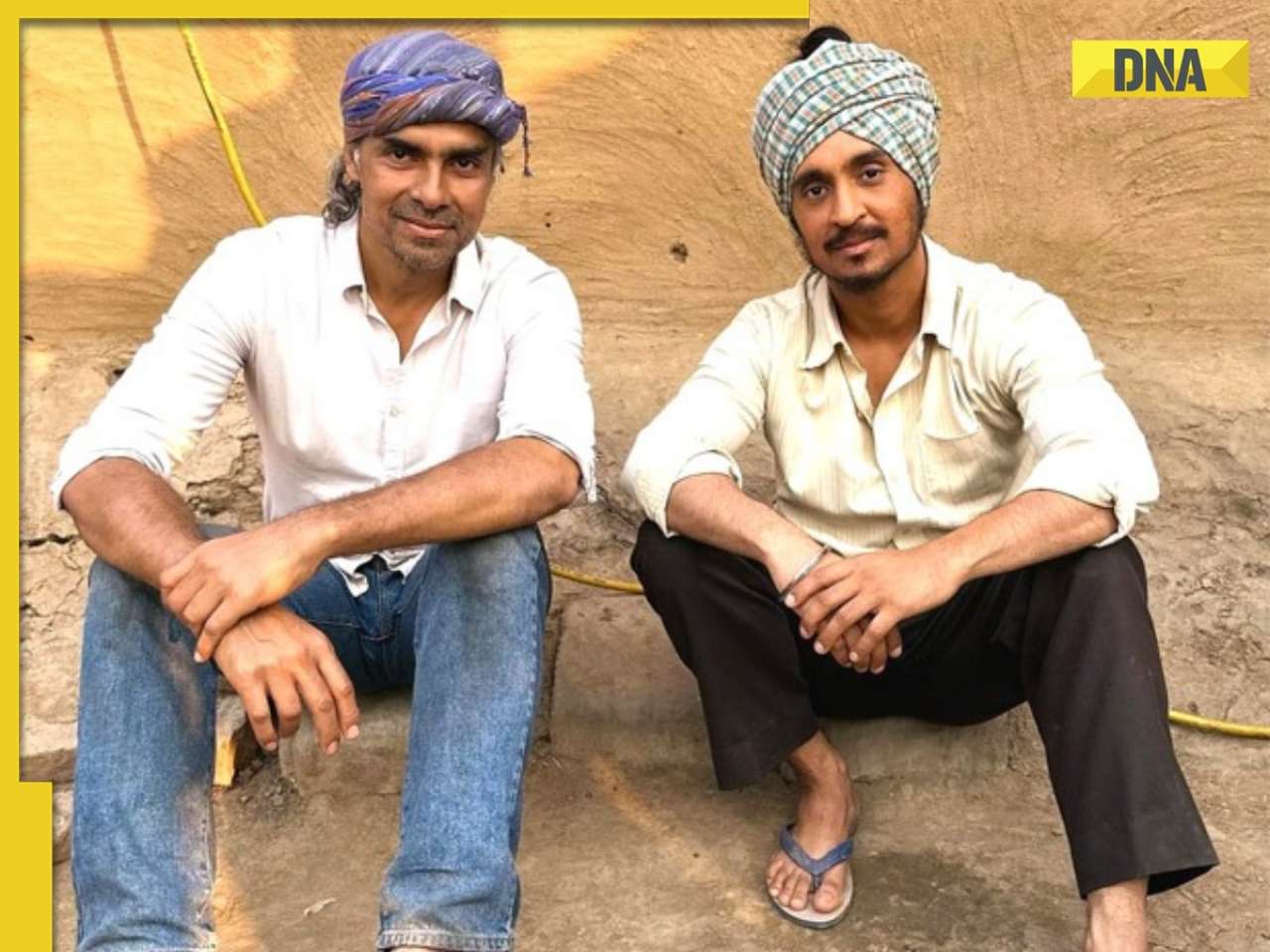





















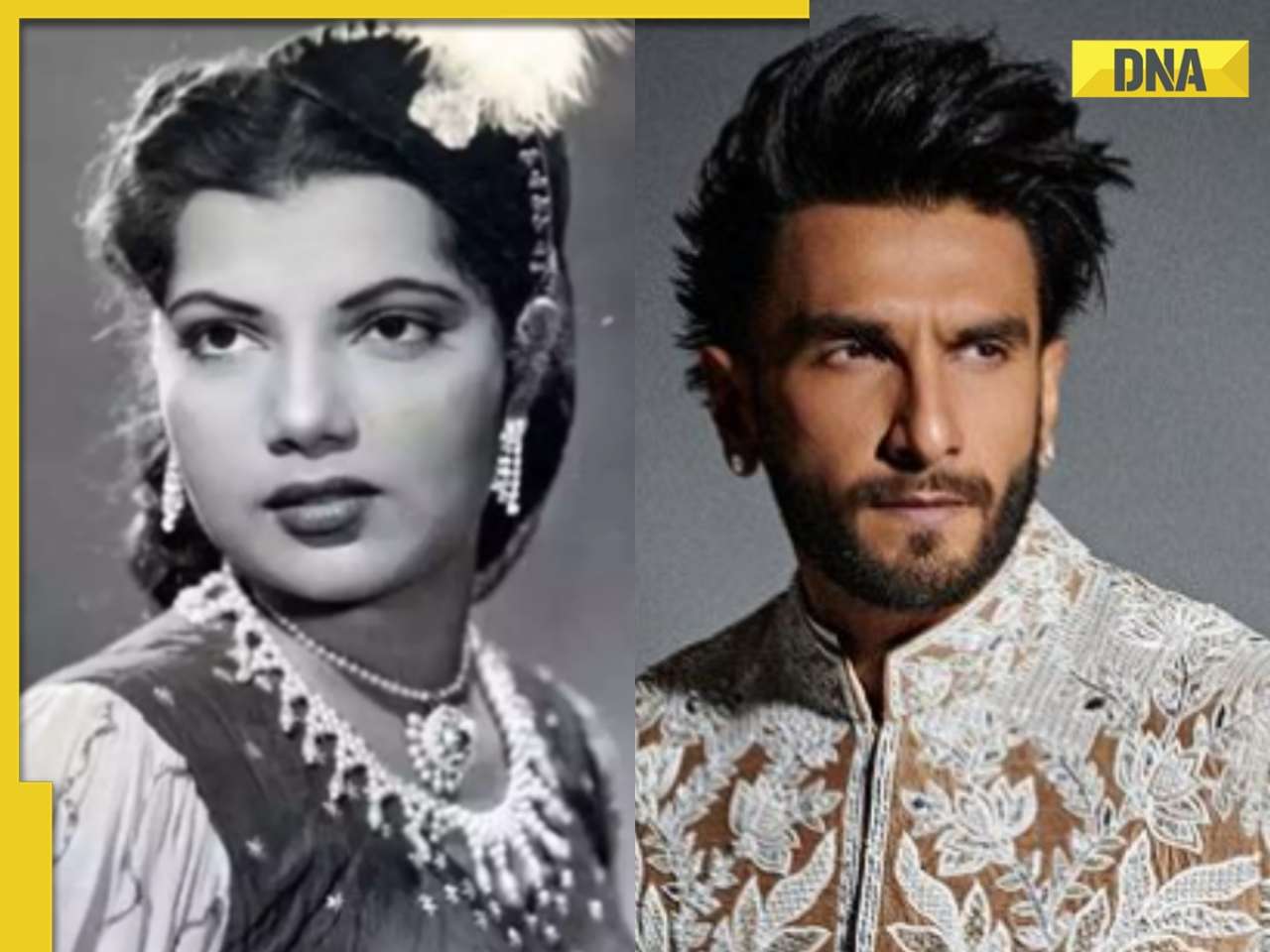


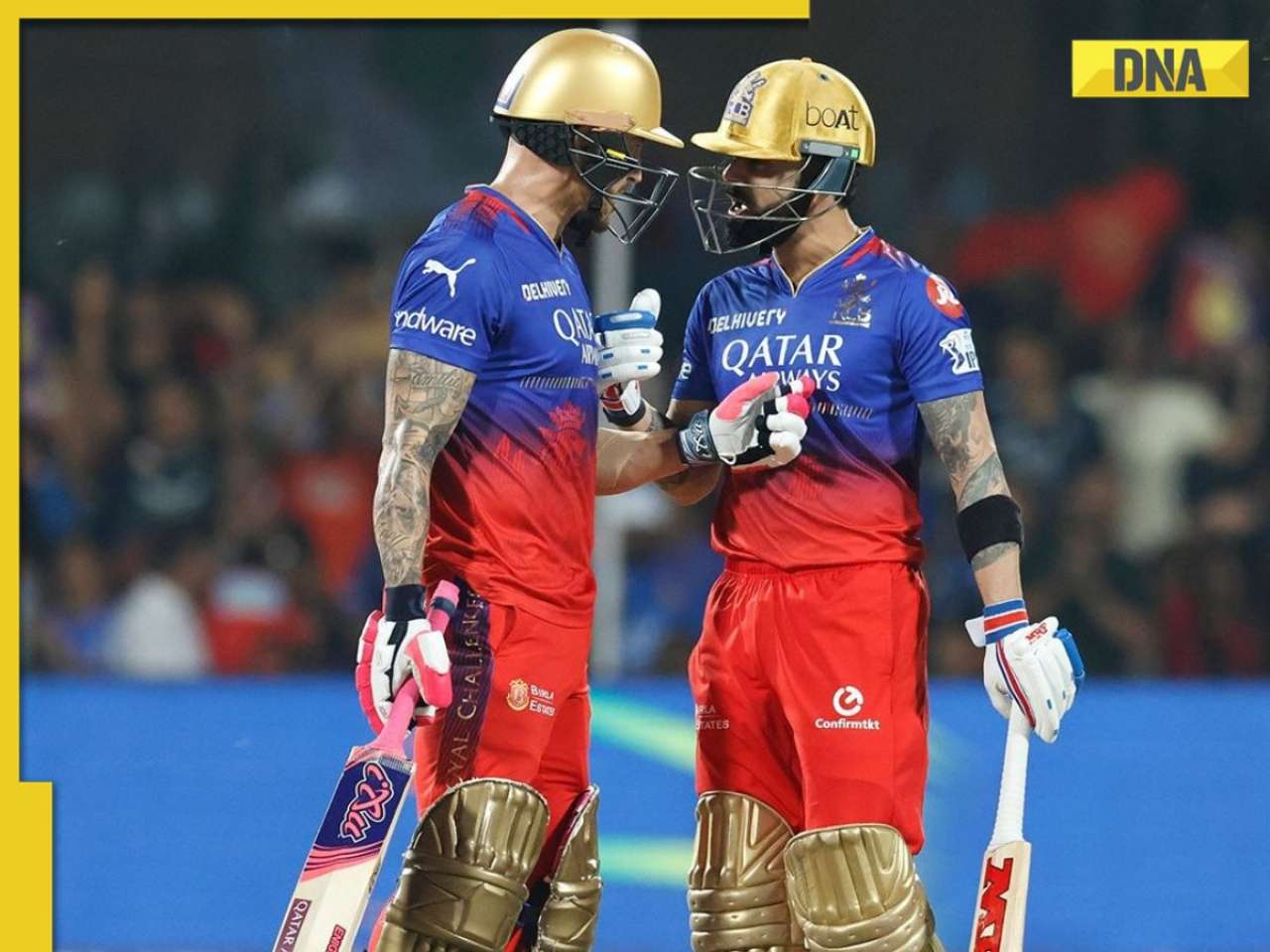
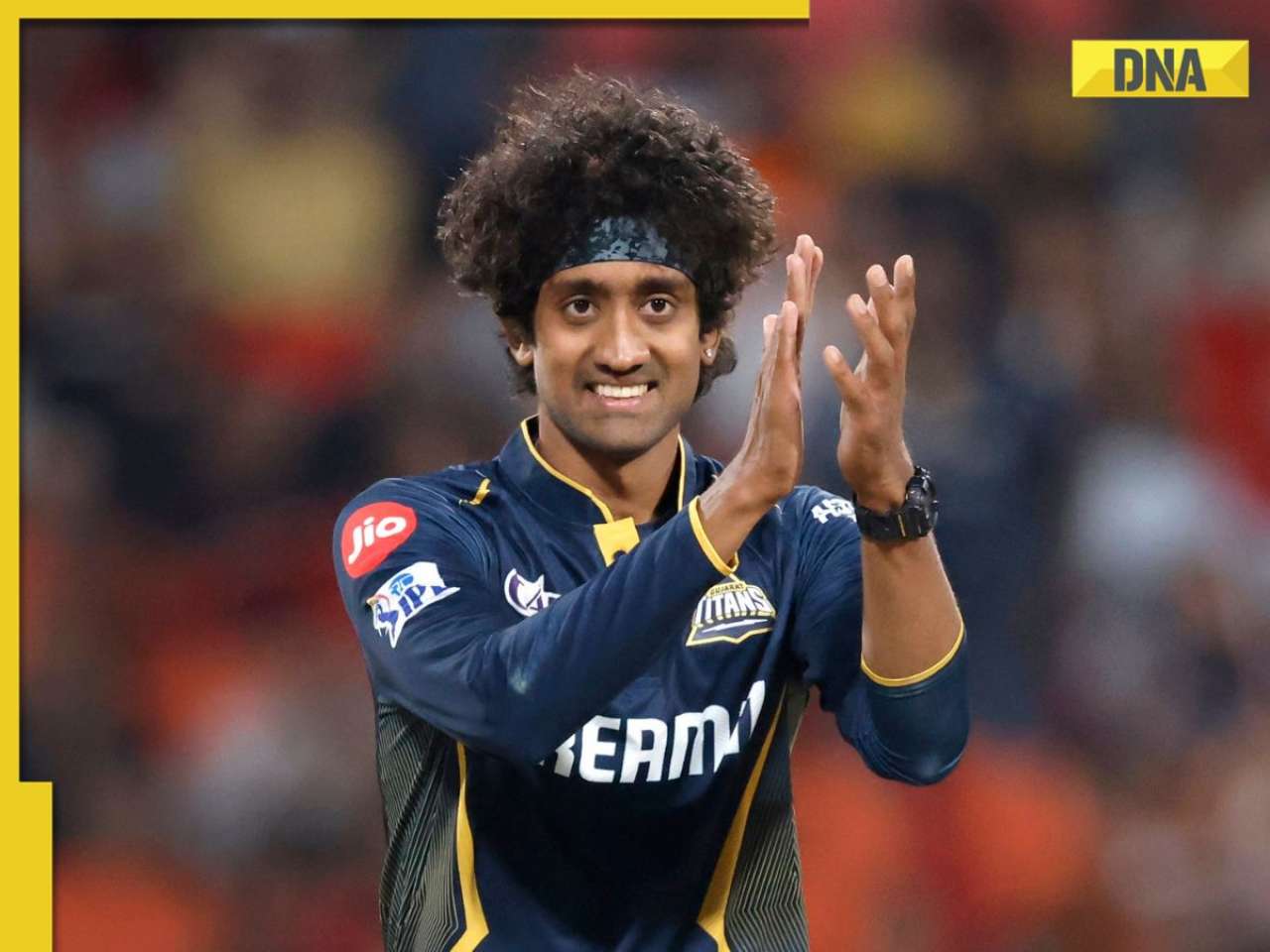

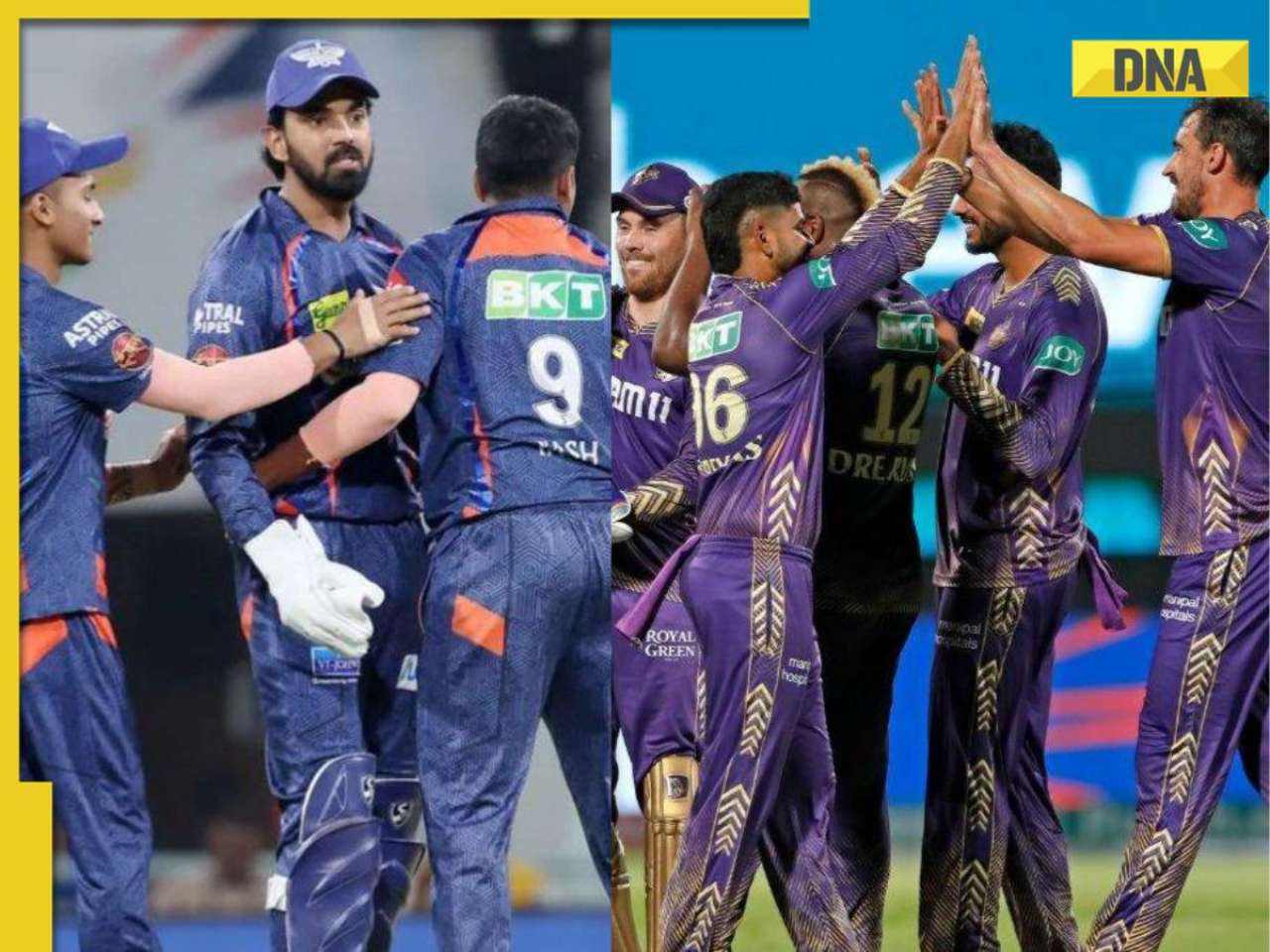
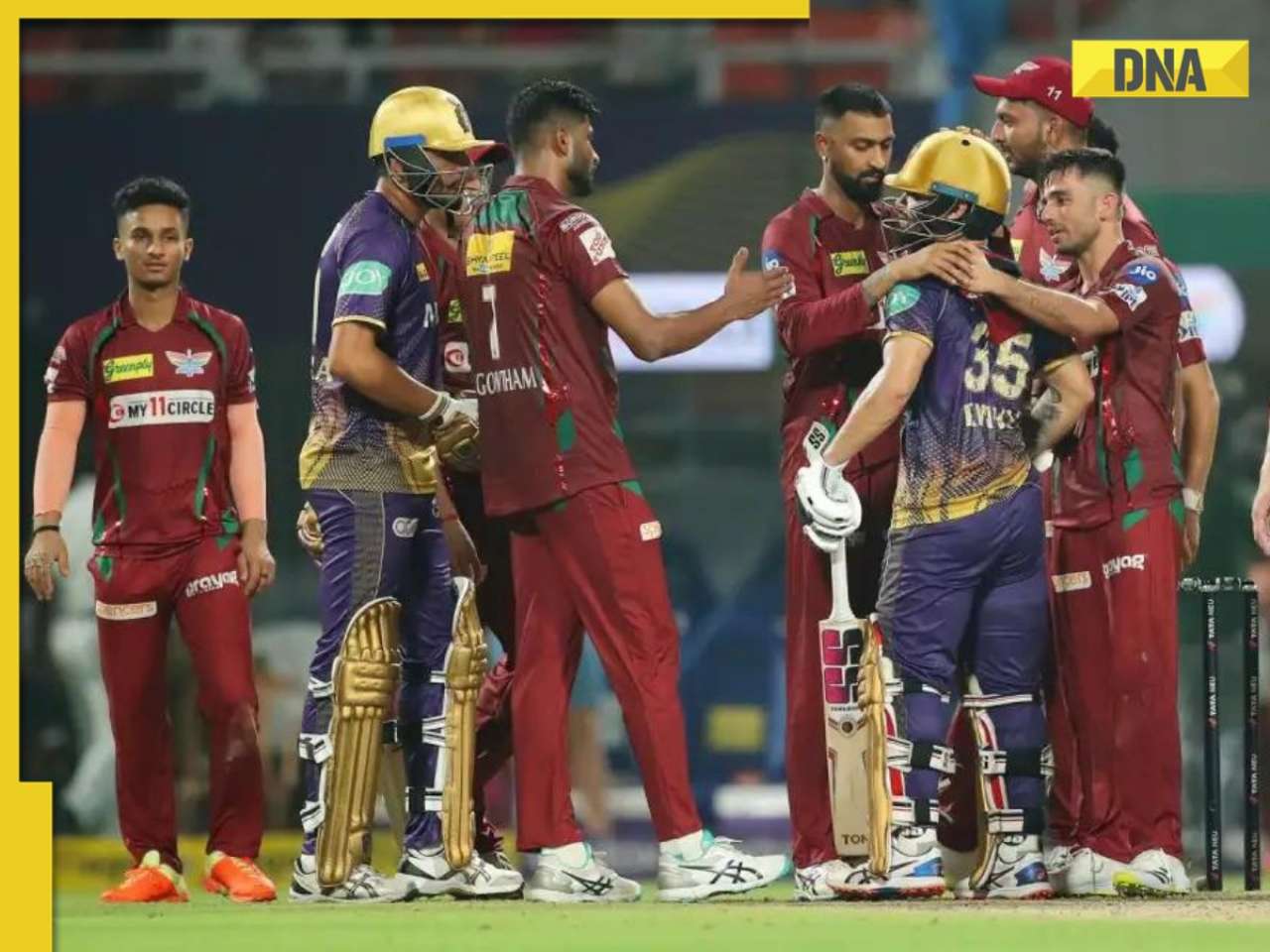

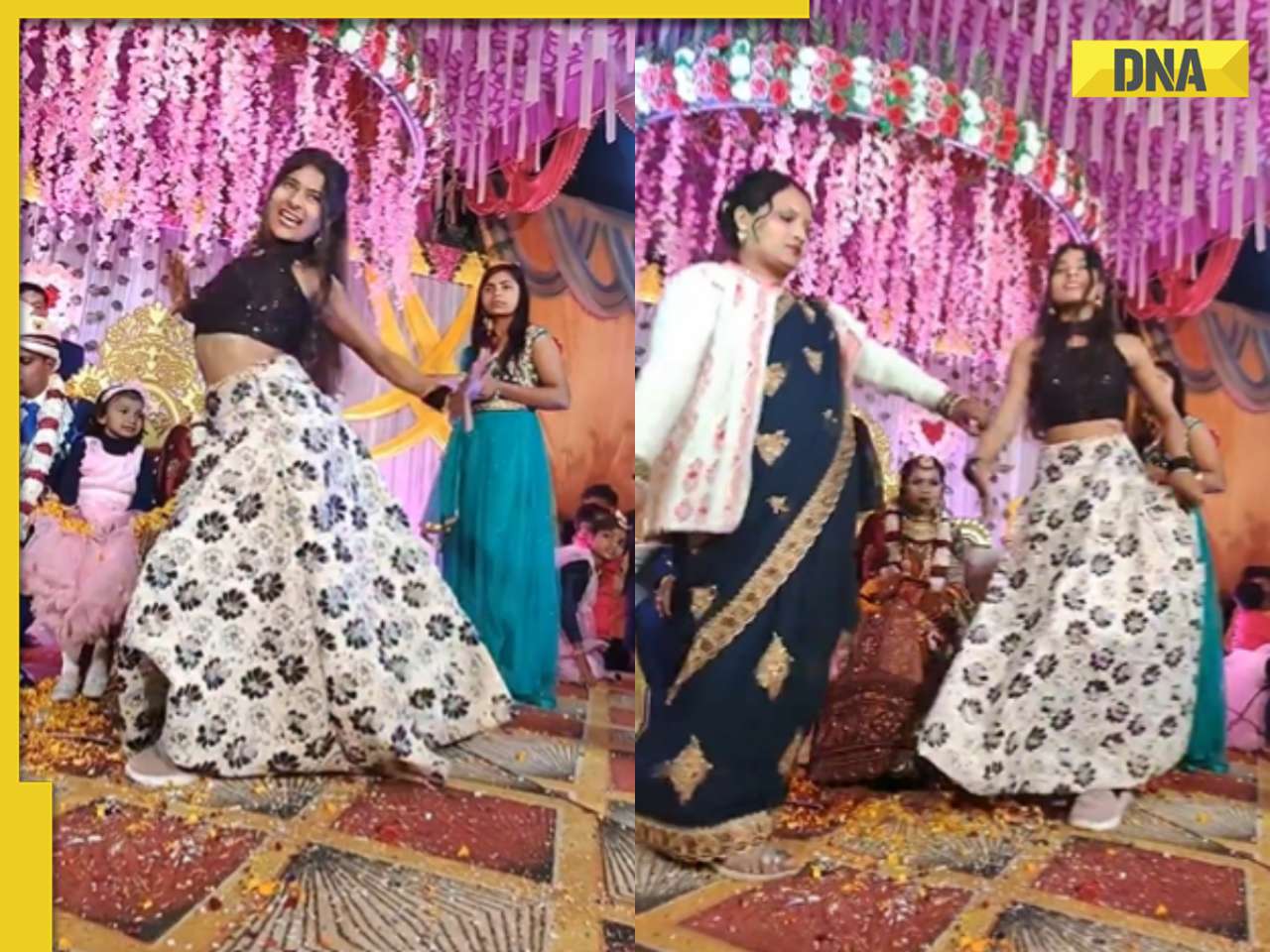
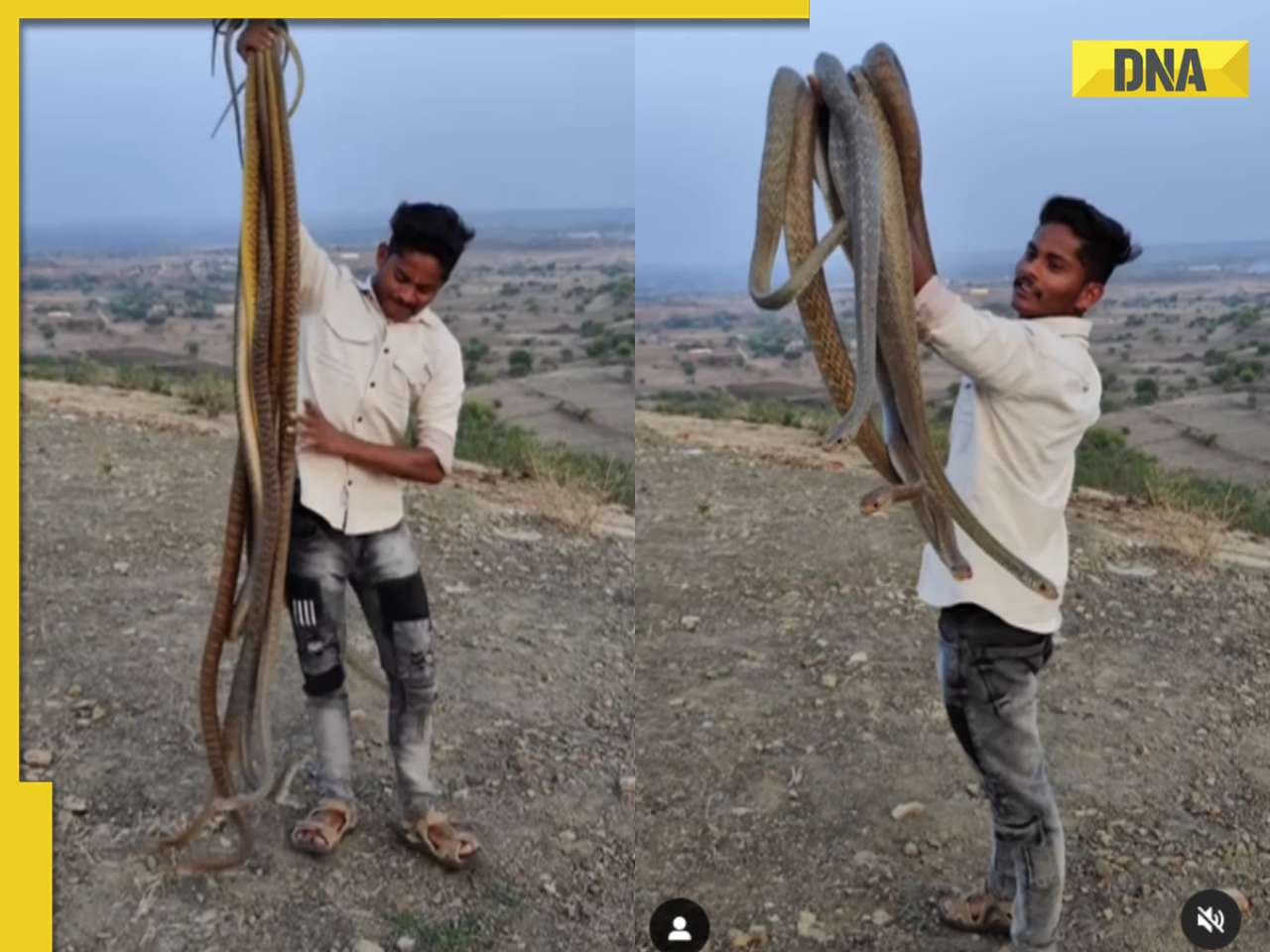












)
)
)
)
)
)